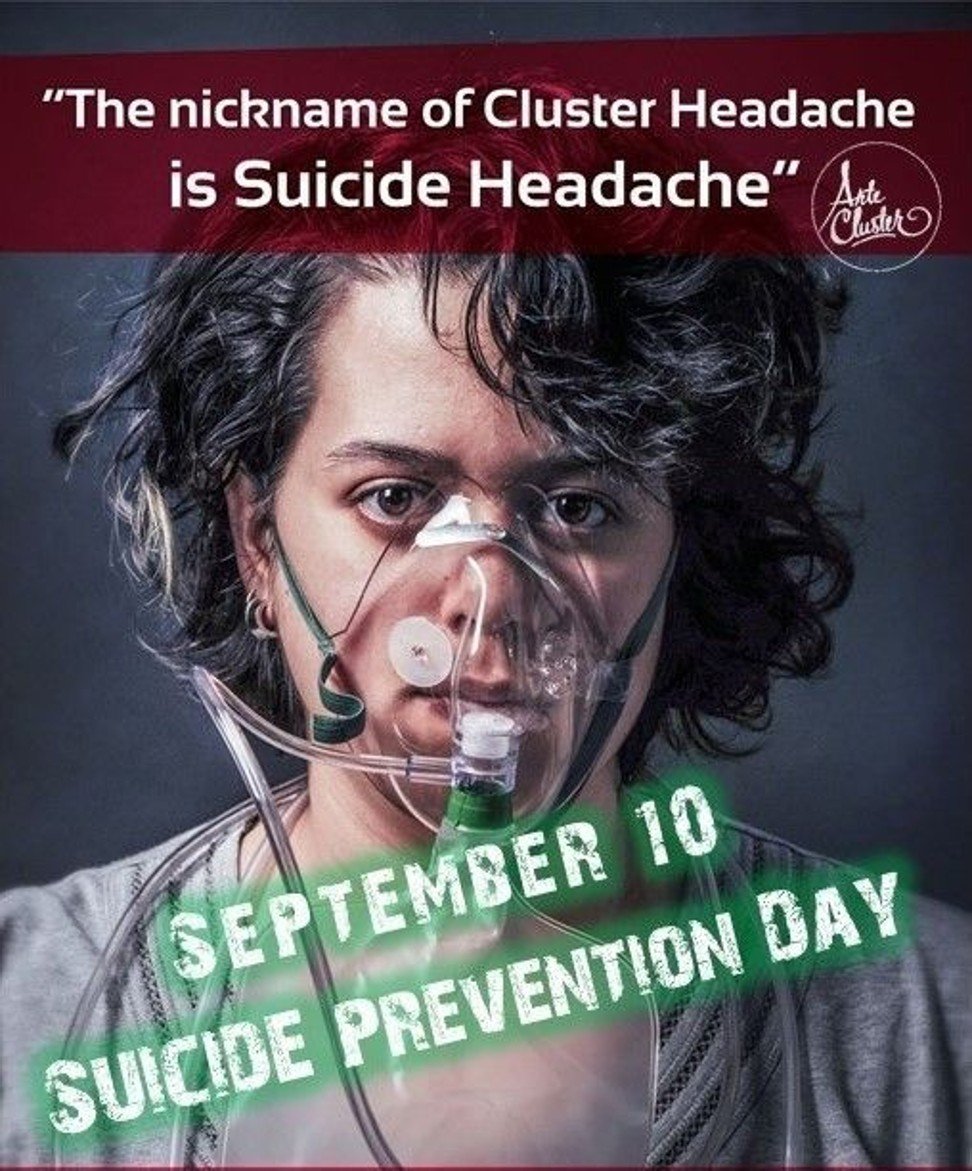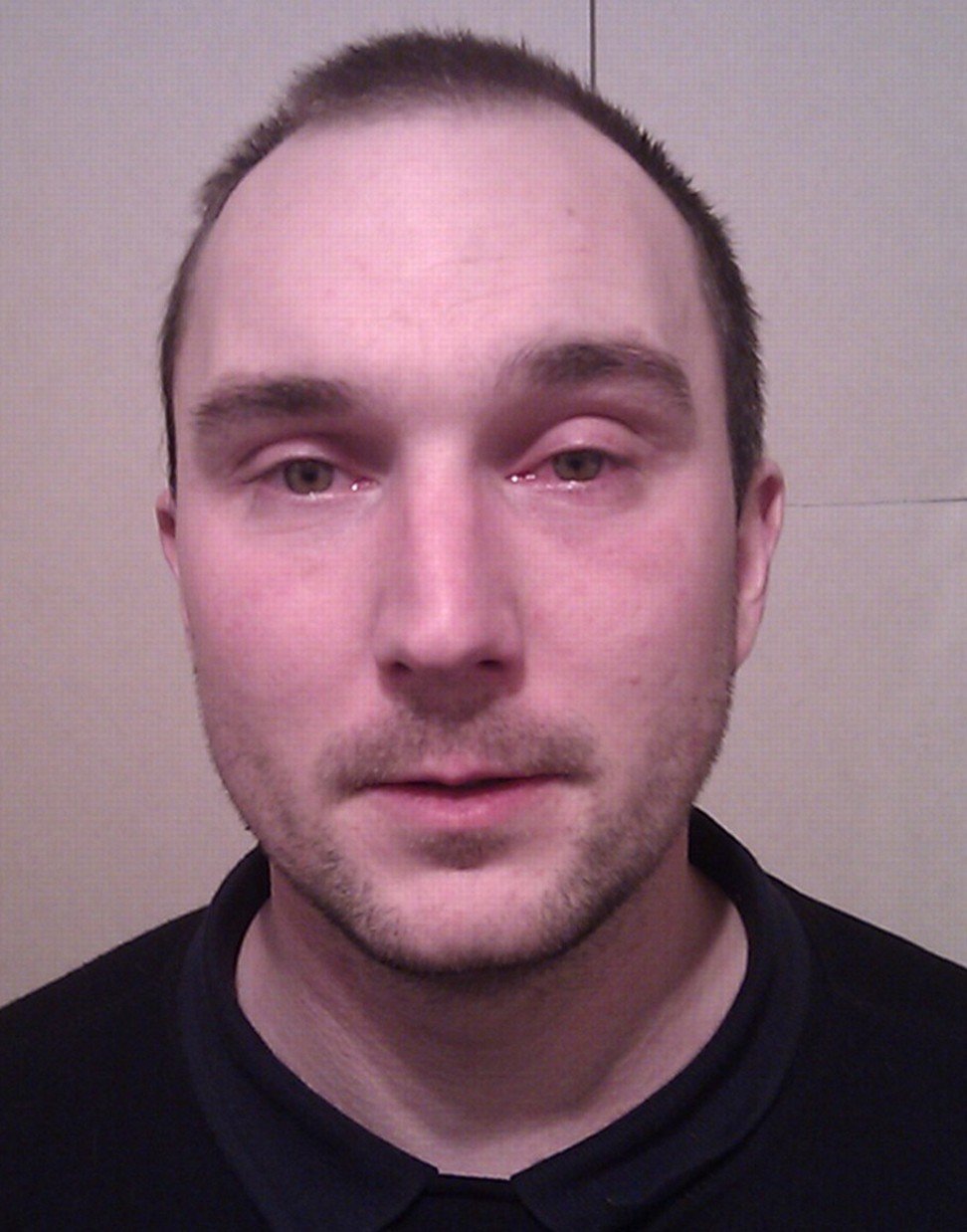
Cluster headaches: five things you may not know – celebrity sufferers, extreme behaviour
A rare debilitating condition, not to be confused with a migraine, cluster headaches are often wrongly diagnosed by medical professionals. Here are some more facts
Cluster headaches, also known as “suicide headaches”, often top online ‘most painful’ lists, beating gunshot wounds, childbirth and amputation without anaesthetic.
Often wrongly diagnosed, the condition can be a living nightmare for sufferers. Here are five interesting facts about them.
1. Actor Daniel Radcliffe who played Harry Potter has spoken about his cluster headaches.
What is a cluster headache? A first-person account of the most painful condition known to man
2. Cluster headaches affect 0.05 per cent of the population in any given year. This compares to 12 per cent of the population who get migraines. Men are three to four times more likely than women to have cluster headaches. Oxygen is used in many instances to help relieve the pain.

3. They are also known as “suicide headaches”. Patients often self-harm during attacks and suicidal thoughts are common. There is a case cited in medical publications of a man who poured boiling water from a kettle over his head during a cluster headache. According to John Fletcher, the founder of Cluster Headache Foundation in the US, sufferers are 20 times more likely to commit suicide than the national average and most headache doctors have lost a cluster headache patient to suicide. Post-traumatic stress disorder is fairly common.
Doctors pull 10cm live worm from man’s brain
4. It is often misdiagnosed. According to a study conducted by the National Centre for Biotechnology Information, the average elapsed time for a correct diagnosis of cluster headaches is seven years. The true biochemical cause of cluster headaches is unknown, but they occur when a trigeminal-autonomic reflex pathway in the brainstem is activated.

5. The symptoms are varied and patients have some or all of them. There is always excruciating pain on one side of the head and face, around and behind the eye, the temple, the sinus area and the upper jaw. The pain is described as a constant burning, boring, stabbing or squeezing. Restlessness is a consistent symptom. Other symptoms include a drooping eyelid, constricted pupil, redness and tearing in the eye, a blocked or runny nose, and sweating, swelling and flushing of the face.
How a naturopath made herself well, and how she helps others
Secondary effects include confusion, inability to organise thoughts, aggression, depression, exhaustion and anxiety.

